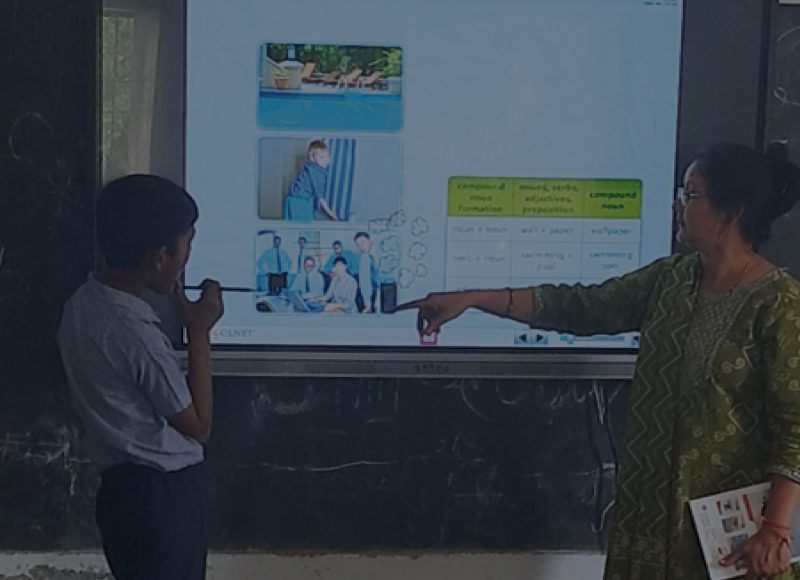Objectives
Enabling Government Schools with Essential Digital infrastructure such as Smart Classroom for enriching the Teaching-Learning Process (NEP 2020 Clause 4.46)
Making Delivery of Education simple and highly effective through a blended learning platform that connects all Teachers, Students, and Administration in Government Schools (NEP 2020 Clauses 4.46 and 24.4)
Transforming education for most marginalized students in under-developed districts across the country (preferably aspirational districts) through meaningful technology interventions
Target Beneficiaries
School Students (KG-12), School Teachers and Other stakeholders
Challenge
The learning at schools are restricted and customized geographically, no basic standards are maintained throughout. The learning and teaching becomes hectic for both the learner and the teacher and hence a standard learning content could help the students to establish a similar learning method and content.
Strategy
In the Post-covid world, several technology-based adaptations have taken place in the Indian Education sector resulting in emergence of ‘Education Technology (EdTech)’ Industry. The Education ecosystem, at large, has immensely benefited by technology to overcome the challenges to continuity of education of an entire generation of population through impactful digital solutions such as Mobile Apps, E-Content, Online Classes, etc.
Journey
Developing adaptiveness of education institutions towards Digital content, Online learning resources, technology such as smart classroom & pedagogy techniques in a Blended (Online and Offline) Learning mode using smartphone apps.
Training teachers to become high-quality online content creators and reinstate their position as the “core” of Education system in the digital era.
Schools shall be planned to equip with Smart Classrooms, in a phased manner, for using Digital pedagogy and thereby enriching the teaching-learning process with online resources and collaborations.
Outcome
The installation of digital classrooms yields transformative outcomes across educational landscapes, fostering a dynamic learning environment where students engage with interactive multimedia content, collaborate globally, and receive personalized instruction tailored to their needs.
Empowered educators leverage digital tools to innovate teaching practices, analyze data for informed decision-making, and cultivate essential digital literacy skills in students, preparing them for success in the digital age
Challenges & Solutions
The installation of digital classrooms presents both challenges and opportunities for educational institutions. Challenges include initial investment costs, infrastructure limitations, and resistance to change among educators accustomed to traditional teaching methods. Need Assessment for the schools in need and bringing infrastructural changes catered the installation.






